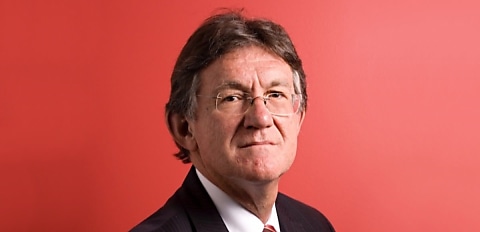When asked about the possible pathways to solving Australia’s chronic housing shortage and affordability issue during the NAB Commercial Broker Quarterly Economic Update webinar, NAB chief economist Alan Oster suggested that there needs to be more migration control and investment into public housing.
“I think in some ways, migration coming down will help, and number two, need to incentivise a lot of public housing,” Mr Oster said.
“Number three, you need to incentivise investors. There’s a lot of areas where tribunals have basically tried to protect renters and hurt investors. And that doesn’t help.
“Hopefully, after a combination of less migration and a little bit more public housing, some of the infrastructure issues will pull back and allow purchase costs to come down within the building industry.”
Indeed, the Victorian government recently announced plans to introduce legislation into Parliament that will provide a “financial incentive” for owners to rent out empty homes or develop long-term vacant land for the purpose of freeing up more accommodation during a “critical housing crisis”.
However, in response to the Victorian government’s announcement, industry bodies voiced their disappointment along with concerns that the expanded tax will turn investors away from the state and encourage more landowners to sell up.
On the issue of migration, AMP chief economist Shane Oliver shared a similar sentiment to Mr Oster, stating that the country’s lacklustre housing affordability is a result of a growing population being exacerbated by record levels of net overseas migration over the last 12 months.
According to the ABS’ March quarter data, Australia’s population rose by 563,000, or 2.2 per cent, over 12 months, with 454,000 of that coming from immigration. Permanent and long-term arrival data in July indicated the increased migration is continuing and could reach a net migration of 500,000 or more in the last financial year.
Mr Oliver noted that the continued expansion would bring Australia’s population growth (up to 2.5 per cent in 2022–23) to its fastest rate since 1950.
“The role of high immigration levels (now about 500,000 per annum) can’t be ignored,” he said.
“On our estimates, it needs to be cut back to nearer 200,000 people a year to line up with building industry capacity and to reduce the supply shortfall.”
[RELATED: Immigration needs to be lower to improve affordability: Shane Oliver]

